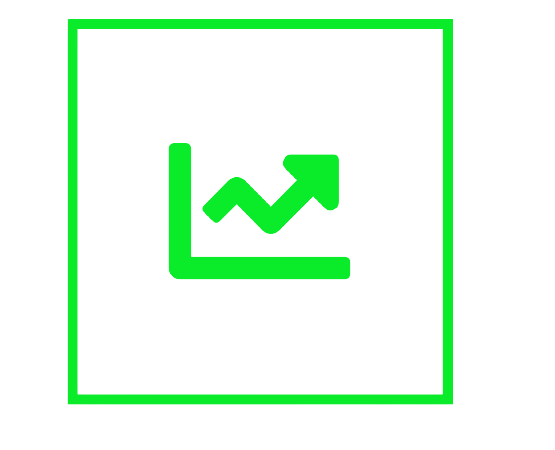Future Contract. The Quick Guide to Futures Trading and How to Trade Them Profitably.
Introduction: What is the Definition of a Future Contract?
A future contract is an agreement to buy or sell an asset at a predetermined price at a specified point in the future. The contract will have specific terms and conditions, including the quality and quantity of the asset that is being traded. For example, if you're buying oil as a commodity, it could be in barrels or by weight. .A forward contract is a contract in which two parties agree to buy or sell an asset on the future at today's prices, known as the spot price. For example, if you are buying oil as a commodity, it could be in barrels or by weight. . A futures contract is a standardized agreement to trade an asset at a predetermined price on a specific date in the future. . It is a standardized form of forward contract. that is traded on a futures exchange. It fixes the price of the asset for delivery on a specific date in the future.Contracts are agreements that outline terms and conditions between two or more parties. Contracts can be binding or non-binding, depending on whether they are enforceable through law. Contracts come in two types: present contracts-present an offer with terms
How Do Futures Trading Work?
Futures trading is the buying and selling of goods or assets in order to profit from the difference in its price at the time it is delivered. A future contract is a standardized contract traded on a futures exchange. The buyer and seller agree on a price for the delivery of goods or assets at some point in the future. They also agree on what will happen if either party defaults on their obligations. .Although the futures market is one of the largest in the world, it has its drawbacks. Futures markets are not regulated by governments and participants can lose substantial sums of money. In addition, trading futures can result in buying and selling at a time which is unfavorable to individuals since they may not be able to sell their products at a higher price later on. Many economists, however, believe futures markets to be a useful way of allocating resources.The buyer of a futures contract is said to "go long" when they expect the price of the asset or product being traded to go up. The seller is said to "go short" when they expect the price of the asset or product being traded to go down.
What are the Best Futures Exchanges Around the World?
the best futures exchanges in the world and how they work. A futures exchange is a centralized marketplace where people trade standardized contracts that represent goods or assets. . Futures exchanges were first established to reduce the cost of trading and to increase liquidity.The largest futures exchanges in the world include the Chicago Board of Trade, NYMEX, DAX (Frankfurt), LIFFE (London), BENG (Hong Kong) and CME Group.In this article we'll discuss some of the benefits and disadvantages of futures exchanges and how to use them.Futures exchanges reduce the cost of trading.Since they are centralized, they allow traders to trade without the need for an intermediary.Also, since traders are trading standardized contracts that represent goods or assets, there is no need for a middle man such as a broker, who can take a commission from each transaction .However, since futures exchanges are typically used for large transactions, it is more expensive to use futures exchanges than other trading methods such as stocks or options.The advantages of using a future exchange over other trading strategies are that these exchanges allow you to trade without the need for an intermediary and that they allow you to trade standardized contracts that represent goods or assets
What is a Portfolio Margin?
—A portfolio margin is the amount of money that a trader has in their account to cover the losses they may experience on their trades. In order to calculate the margin, traders need to know the amount of risk they are willing to take on and what their target return is. In order for traders to have a positive portfolio margin, they need to have an account balance that is higher than their total risk exposure and target return. This can be done by reducing the risk taken or increasing the target return. .Because portfolios are not individual accounts, the portfolio margin is calculated as a percentage of the total amount in the account. For example, if an account had $1,000 in it and if someone wanted to have a 50% margin of their portfolio (50%), they would need to have $500 left in their account.The more money that is left over in the account, the higher the margin percentage will be.The formula for calculating a portfolio margin is:formula_1 = (account balance) – (risk exposure) – (target return)formula_2where:"N" is total number of shares in an account.
Conclusion: Start Trading Futures Contracts Today & Achieve Financial Freedom


